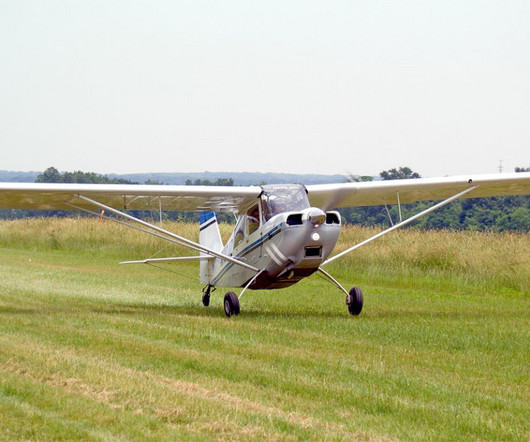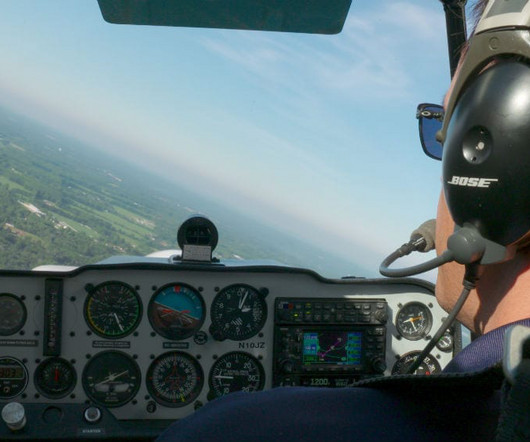How to fly a perfect soft field approach and landing
Flight Training Central
DECEMBER 4, 2023
The major difference between the two is that a degree of power is used throughout the level-off and touchdown for the soft-field landing so as to control the descent rate all the way to touch down. This allows the airspeed to slowly dissipate while the airplane is flown just above the surface in ground effect.












Let's personalize your content